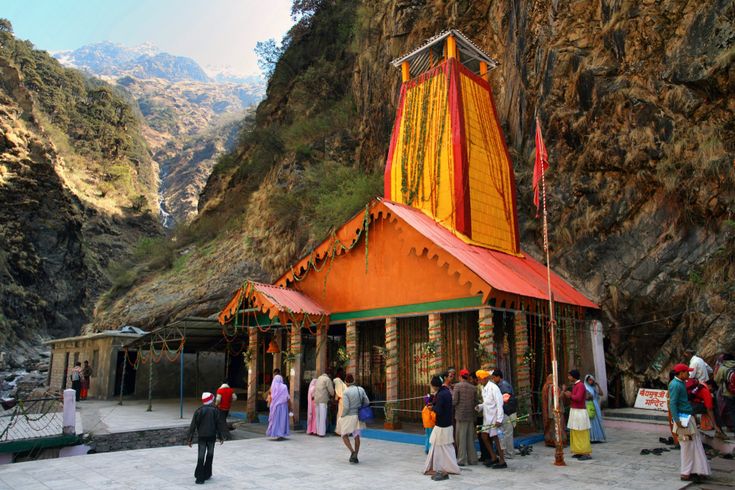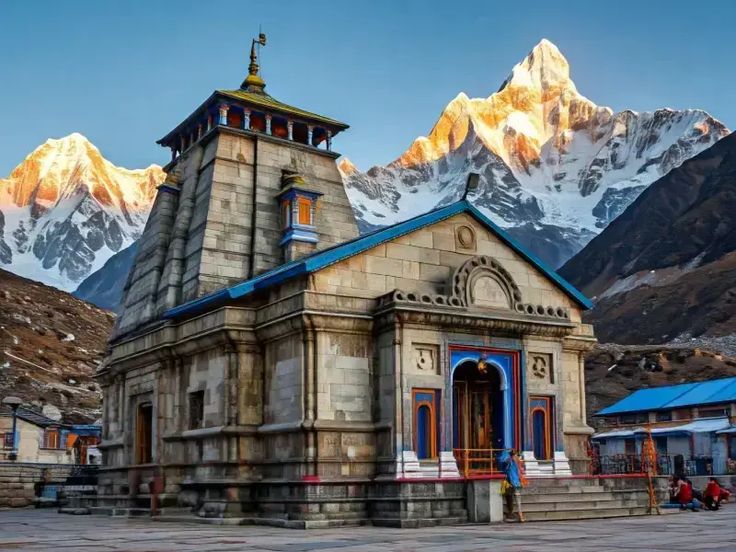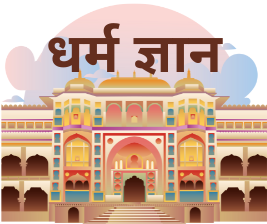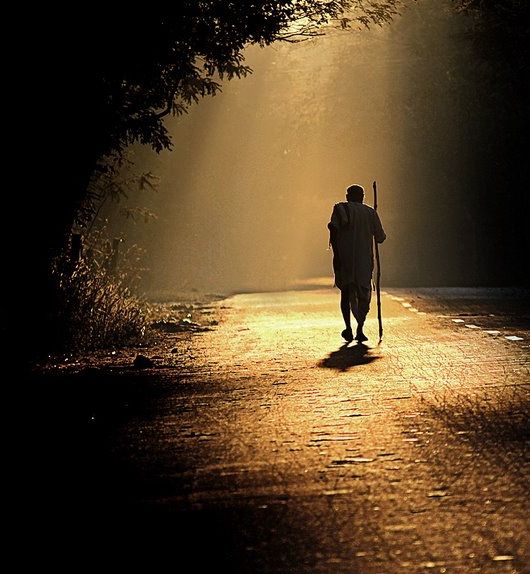In the snow-kissed peaks of Uttarakhand, nestled between clouds and myth, lies a sacred trail
known as the Chhota Char Dham Yatra. Unlike the original Char Dham pilgrimage that spans
the four corners of India, the Chhota Char Dham takes you deep into the lap of the Himalayas,
on a journey where each step brings you closer to divinity—and yourself.
This yatra is not just a pilgrimage. It is a path carved by faith, followed for centuries by rishis,
sages, kings, and now, everyday seekers. Here, the rivers are not just water—they are
goddesses. The wind carries the whispers of mantras. And the mountains? They stand like
ancient guardians, watching over the soul of India.
Let’s explore this sacred circuit in detail—where it takes you, what it means, and how you can
plan the journey of a lifetime.
Chhota Char Dham Yatra all about this?
The Chhota Char Dham refers to four sacred Hindu temples, all located in the Garhwal region
of Uttarakhand:
- Yamunotri – The origin of River Yamuna, and the seat of Goddess Yamuna.
- Gangotri – The origin of River Ganga (Ganges), and home to Goddess Ganga.
- Kedarnath – A revered jyotirlinga of Lord Shiva.
- Badrinath – The abode of Lord Vishnu in his form as Badri Narayan.




Each of these shrines is associated with a river, a deity, and a deep spiritual symbolism.
Together, they form a circle of purification and liberation, attracting lakhs of pilgrims each
year.
The journey usually begins from Haridwar or Rishikesh, two holy towns that serve as the
gateway to the Himalayas.
Chota Char Dham Spiritual Significance of Each Dham
Yamunotri – The Grace of the Divine Sister
Yamunotri is the starting point of the yatra. According to legend, Goddess Yamuna, the sister of
Yama (the god of death), blesses devotees with a painless death if they bathe in her holy
waters.
Located at 3,293 meters, the Yamunotri temple is surrounded by pristine forests and towering
peaks. Pilgrims trek about 6 km from Janki Chatti to reach the temple, often chanting “Jai Maa
Yamuna” with every step.
A visit here cleanses the soul and symbolizes the beginning of life’s spiritual awakening.
Gangotri – The Mother of All Rivers
Next comes Gangotri, the sacred source of the Ganges. Though the actual glacier (Gaumukh)
is 19 km upstream, the Gangotri temple at 3,100 meters is where Goddess Ganga is
worshipped.
It is believed that King Bhagirath meditated here to bring Ganga to earth for the salvation of his
ancestors. In response, Lord Shiva caught the forceful river in his locks and released her gently
at Gangotri.
Bathing in these icy waters is said to wash away all sins, granting spiritual purity.
Kedarnath – The Abode of Lord Shiva
The journey then takes a powerful turn toward Kedarnath, one of the twelve jyotirlingas of
Lord Shiva. Perched at 3,583 meters,
this temple stands against a dramatic backdrop of
snow-covered peaks, offering one of the most awe-inspiring experiences of the yatra.
Legend says that the Pandavas came here seeking forgiveness after the Mahabharata war.
Shiva, avoiding them, turned into a bull and dived into the earth, with his hump reappearing in
Kedarnath.
To reach Kedarnath, pilgrims undertake a 16–18 km trek from Gaurikund, though helicopter
services are now available for elderly or time-bound travelers.
Badrinath – The Final Destination
The yatra concludes at Badrinath, the sacred seat of Lord Vishnu. Located at 3,100 meters,
this temple is a vision in stone, nestled between the Nar and Narayan mountain ranges, with
the Alaknanda river flowing below.
Adi Shankaracharya rediscovered this temple over 1,000 years ago, establishing it as one of the
most important Vaishnava shrines in India.
The journey to Badrinath symbolizes the soul’s final steps toward moksha, or liberation from the
cycle of life and death.
How to Plan Your Chota Char Dham Yatra?
Ideal Route
The standard sequence is:
Yamunotri → Gangotri → Kedarnath → Badrinath
This order follows the river origins upstream, allowing the body to gradually acclimatize to higher
altitudes.
Chota Char Dham Time to visit:
The temples are open from April/May to October/November, depending on weather. The best
months are:
● May to June – Clear skies, good roads, and pleasant weather.
● September to early October – Post-monsoon greenery and fewer crowds.
Avoid monsoon season (July–August) due to landslides and slippery roads.
Travel Options
● By Road: Most pilgrims start from Haridwar or Rishikesh for the Chota Char Dham Government buses and private
taxis are available. Many travel agencies offer packages.
● By Helicopter: For faster access, especially to Kedarnath, helicopter services operate
from Dehradun and Phata.
● By Train: Nearest major stations are Haridwar, Rishikesh, and Dehradun.
● By Air: Jolly Grant Airport (Dehradun) is the nearest airport.
Physical & Mental Preparation
The Chhota Char Dham is not just a pilgrimage of devotion, but one of endurance. Here’s how
to prepare:
● Health check-up: Especially if you have heart, respiratory, or mobility issues.
● Regular walking/jogging: Helps build stamina for trekking.
● Mental resilience: Be ready for cold weather, long queues, and basic facilities.
Essential Packing List
● Warm clothes (even in summer)
● Raincoat or umbrella
● Torch, power bank, and basic medicines
● ID proof and medical certificates (if flying to Kedarnath)
● Reusable water bottle and energy snacks
● Comfortable shoes and a walking stick
Accommodation & Food
All dhams offer:
● GMVN guesthouses (Garhwal Mandal Vikas Nigam)
● Ashrams and dharamshalas
● Budget to mid-range hotels
Simple vegetarian food is available in the Chota Char Dham. Avoid heavy or spicy meals, especially at high
altitudes.
Registration & Health Checks
As of recent years, registration is mandatory for all pilgrims, done online via the Uttarakhand
Tourism website or at various counters.
A compulsory health check is required for Kedarnath due to its altitude and trek.
Dos and Don’ts
Do:
● Respect temple rules and dress modestly.
● Keep the mountains clean—dispose waste properly.
● Carry extra cash—ATMs may not be available everywhere.
Don’t:
● Avoid alcohol and non-vegetarian food.
● Don’t overexert or ignore altitude sickness symptoms.
● Don’t take photos where prohibited.
Chhota Char Dham Yatra Packages
If planning on your own feels overwhelming, consider:
● IRCTC Char Dham tour packages
● Local travel agents in Haridwar/Rishikesh
● Helicopter + road combination packages
● Family/group pilgrimage tours
Prices vary by duration, mode of transport, and accommodation quality.
Final Thoughts: A Journey That Changes You
As you walk these ancient trails, chant the names of gods, and watch the sunrise over
Himalayan peaks, you begin to realize: this yatra isn’t about just reaching a temple. It’s about
reaching a deeper part of yourself.
The Chota Char Dham Yatra teaches us faith, surrender, humility, and patience. It reminds
us that in a fast-paced world, slowing down for devotion is not weakness—it is strength.
So whether you go alone or with loved ones,
whether you’re young or old, the mountains are
waiting to embrace you. And the gods? They are always there—watching, listening, and
guiding.
Are you ready to answer their call?
Wikipedia :- https://hi.wikipedia.org/wiki



Comments are closed.